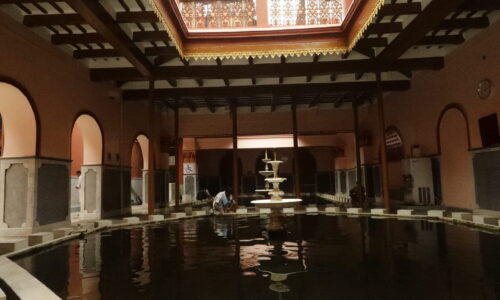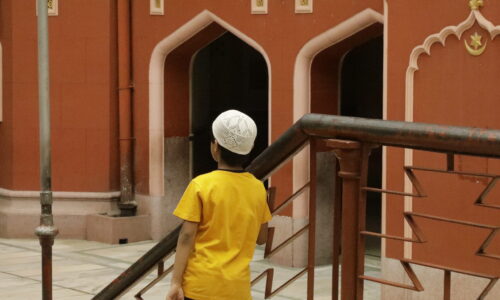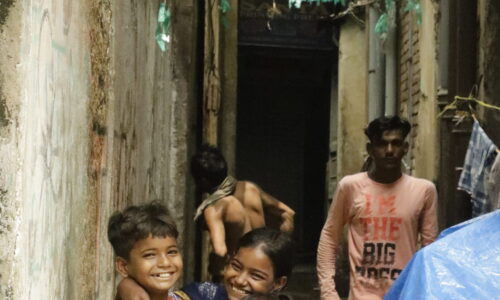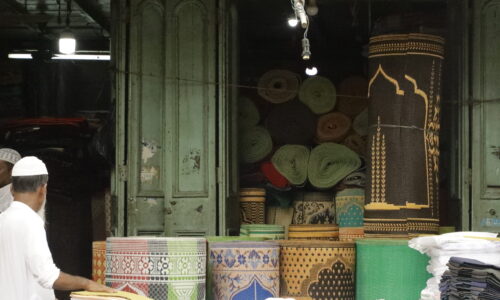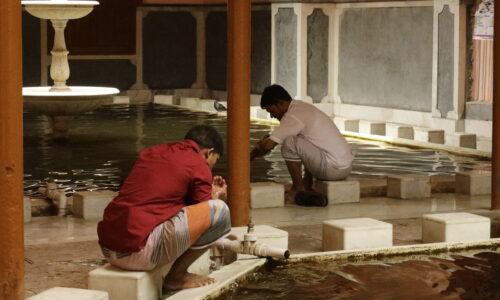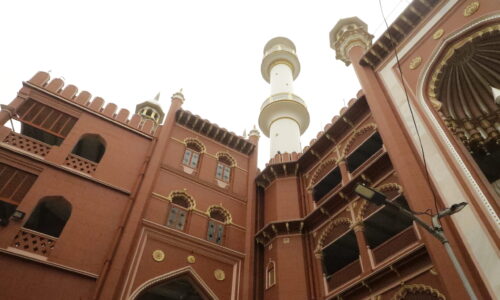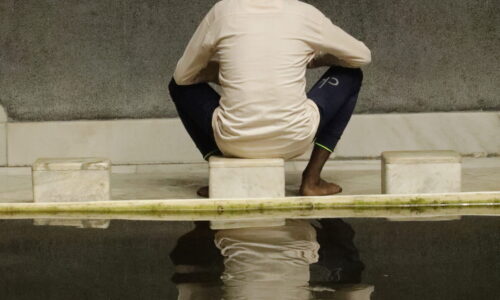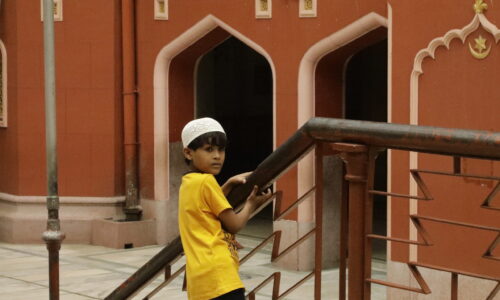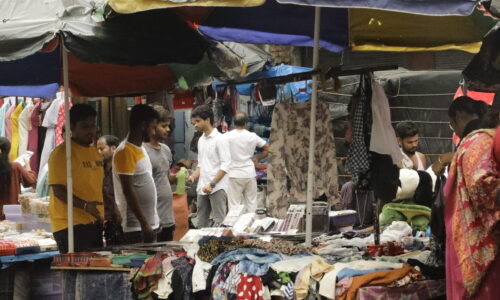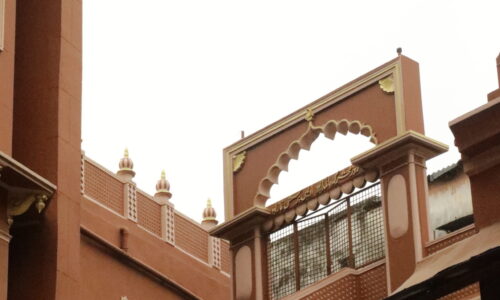It is no secret that Kolkata has a rich heritage. A city like this is home to many cultures, not just the Bengali community. It is dotted with several tourist attractions, including gardens, museums, temples, and mosques. Kolkata’s Nakhoda mosque is one such mosque that is a popular tourist attraction.
Located in the heart of the city, Nakhoda Masjid is the largest mosque in the city and is among the most magnificent constructions in the area. There is enough room in the mosque to accommodate ten thousand devotees offering Namaz. This work of art was constructed in 1926 by Kutch dweller, Abdar Rahim Osman, for almost fifteen lakh rupees. Red Indo-Saracenic architecture features in the mosque, which is modelled on the tomb of Mughal Emperor Akbar in Sikandra, Agra. There are two large minars and three domes at the entrance of this architecture, which is similar to the Buland Darwaza of Fatehpur Sikri.
The area around the mosque accurately represents the city’s spirit. A multitude of vendors line the streets and lanes around the mosque selling everything from clothes, and utensils, to even perfume (ittar).

Bornona Barik
Bornona barik is a mass communication student from Kolkata. She is currently exploring the different niches and avenues under the vast industry of media. Photography is her passion and the way pictures frame one's understanding and empathy towards a piece of news compels me to learn more about the intricacies of photojournalism in the future. Apart from photography, books and cinema keeps her busy. She is also an avid traveller and enjoy exploring off-beat destinations.


